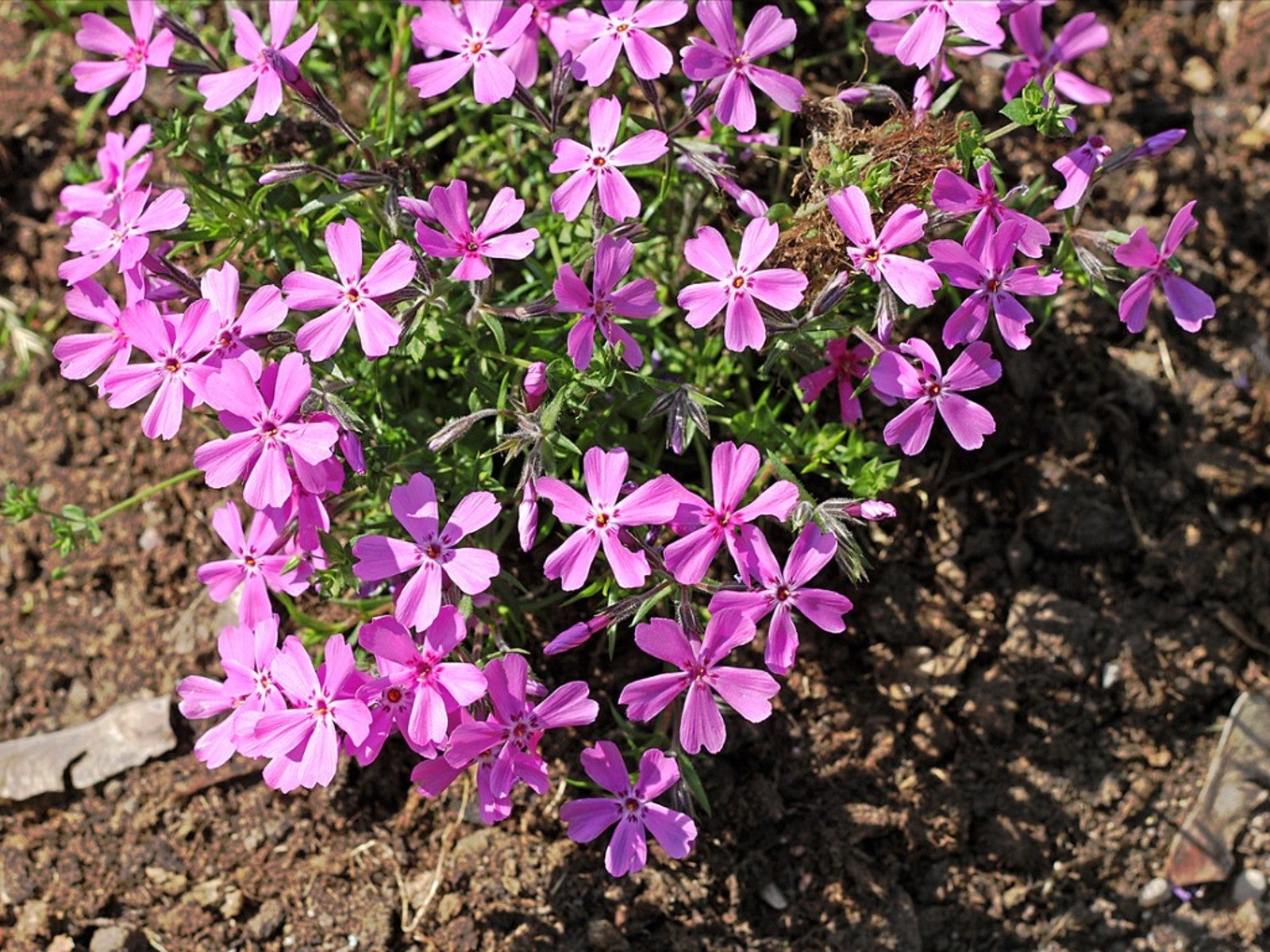Tips For Growing Prairie Phlox In The Garden


Prairie phlox flowers are delicate pink and purple clusters of blooms that bring cheer to any garden. They also bring butterflies, are native in many areas, and require little maintenance. Try this pretty plant in your native beds, naturalized areas, and dry prairie or meadow.
What Is Prairie Phlox?
Phlox pilosa, also known as prairie phlox or downy phlox, is an herbaceous, flowering perennial native to much of eastern Canada and the U.S. Pilosa refers to the fact that the stems, leaves, and parts of the flowers have fine, white hairs.
Prairie phlox grows in neat clumps up to about 1.5 to 2 feet (45 to 60 cm.) tall and a little less wide. The prairie phlox flowers grow in rounded clusters. The flowers are tubular and pink to purple in color. They have a pleasant fragrance, bloom from May through July, and attract butterflies.
Growing Prairie Phlox
You’ll find prairie phlox growing naturally in meadows, open wooded areas, rocky soils, thickets, glades, and prairies. They prefer full sun and some moisture but tolerate partial shade and some dryness in the soil.
Grow this pretty perennial in a naturalized setting, in a meadow or cottage garden, or in a dry area where it’s a little tough to grow other plants. You’ll get more flowers with full sun, but some shade is fine. Prairie phlox is easy to grow from seed. Once in the ground, it will spread through rhizomes.
Prairie Phlox Care
If you put prairie phlox in the right spot with the right conditions, it won’t need much care. Keep it watered the first year, but then only water in serious drought conditions in subsequent years. Mulch around the base of the plants in summer to keep roots cool. There are no serious diseases for prairie phlox, but when conditions are particularly hot and dry, spider mites can be an issue.
Sign up for the Gardening Know How newsletter today and receive a free copy of our e-book "How to Grow Delicious Tomatoes".

Mary Ellen Ellis has been gardening for over 20 years. With degrees in Chemistry and Biology, Mary Ellen's specialties are flowers, native plants, and herbs.